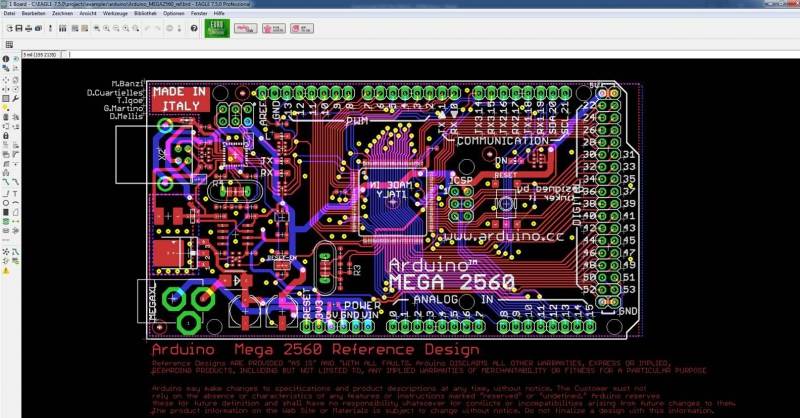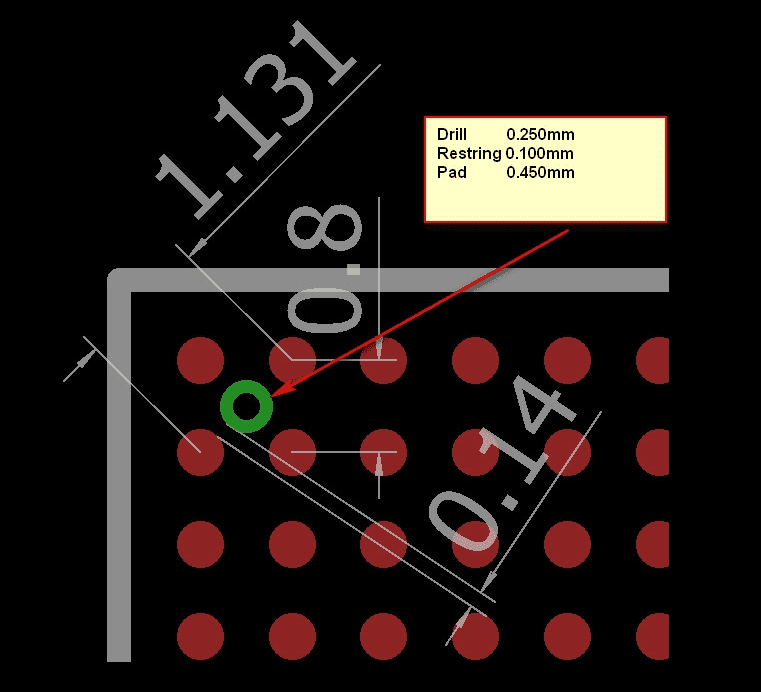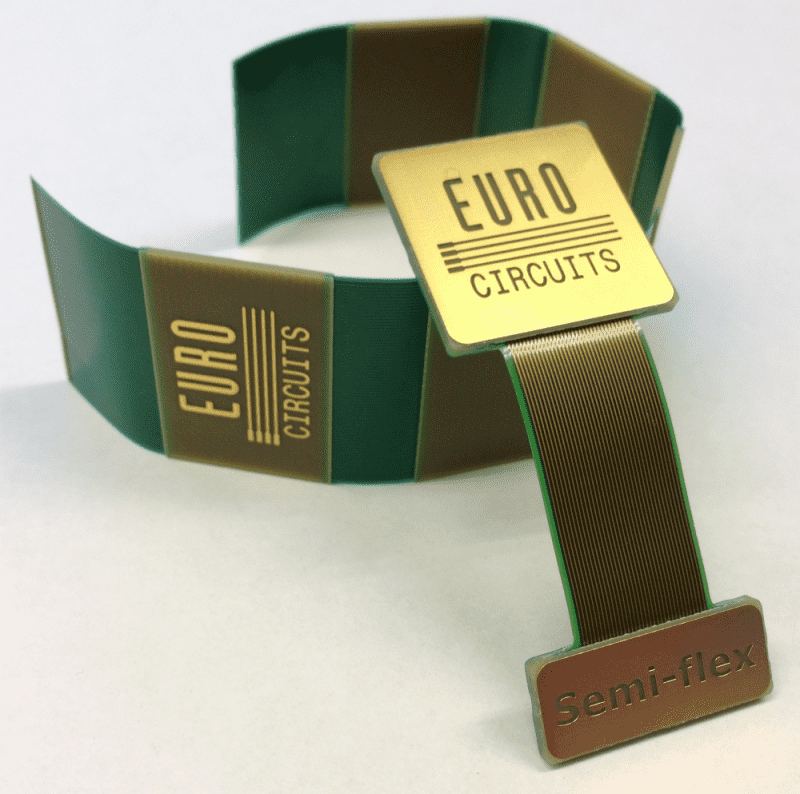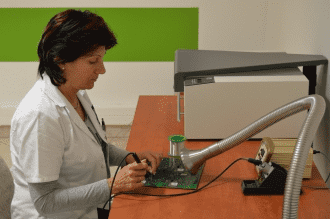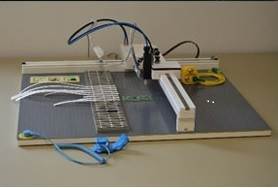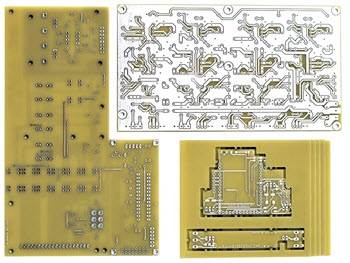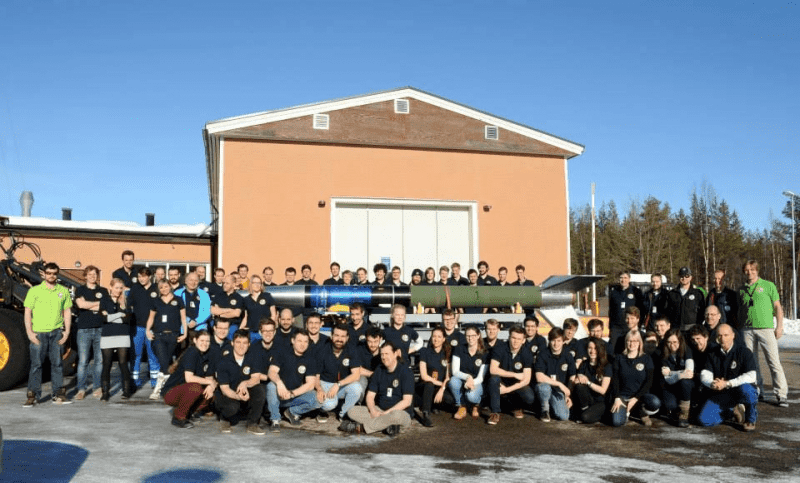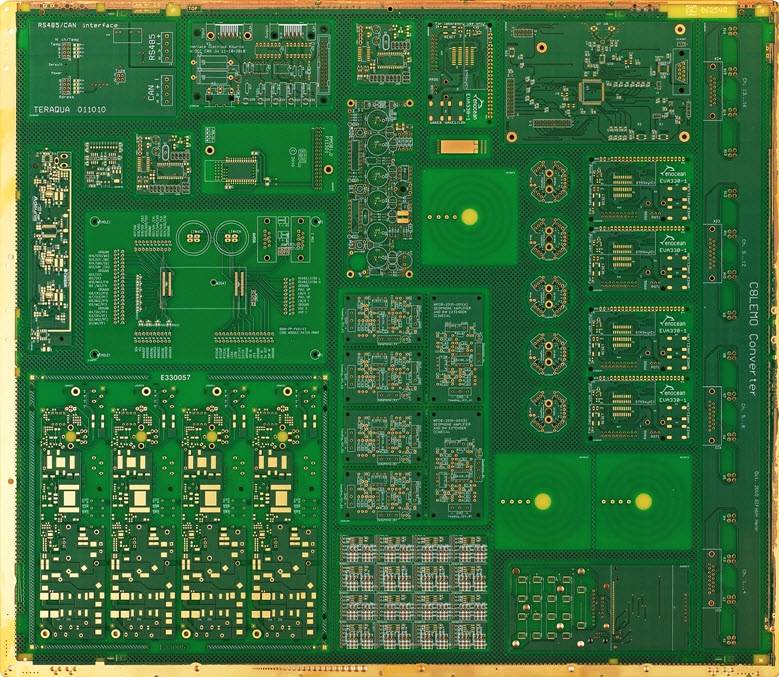- Contact 0870 350 7767
- |
- Advertise
SEMI-FLEX pool now available
 News and PR from Eurocircuits - Published 11 May 2015
Eurocircuits is proud to announce its latest service offering to electronics designers to provide cost effective solutions for prototyping and small series - SEMI-FLEX pool
News and PR from Eurocircuits - Published 11 May 2015
Eurocircuits is proud to announce its latest service offering to electronics designers to provide cost effective solutions for prototyping and small series - SEMI-FLEX pool SEMI-FLEX is a flex-rigid PCB, typically 4 layers, made entirely of FR4. Unlike conventional flex-rigid PCBs, the flexing element is not polyimide but a thin FR4 core with two layers of copper specially treated to flex without cracking. A less robust solution uses a depth-milled layer rather than a core.
Why use SEMI-FLEX?
SEMI-FLEX is flex-to-install. Unlike polyimide, the FR4 core is not capable of continuous flexing. However it will bend a limited number of times (typically 5 Â see the technical specification below) at a controlled radius and to any angle. This makes it an ideal solution where you need to mount two PCBs in a unit at an angle to each other. Instead of using connectors and cables or a composite flex-rigid PCB, you can design a single FR4 SEMI-FLEX PCB which can be safely bent a sufficient number of times to allow installation and subsequent maintenance as needed.
The benefits of using SEMI-FLEX are:
Cost:
No need for connectors or cables
Less time needed for assembly
SEMI-FLEX is entirely FR4, so no need for boards made with expensive polyimide
Time:
Faster design time
Faster procurement
Faster build
Product reliability:
Fewer solder-joints
Eurocircuits SEMI-FLEX pool
Eurocircuits 4-layer SEMI-FLEX PCBs use a 100 micron central core for the flex area, with 35 micron high-ductility copper foil on each side. The stack is then made up on each side with a 510 micron FR4 core and two layers of no-flow pre-preg (see the full technical specification below). An alternative technology is to build a 2- or 4-layer PCB and then depth-mill the material away to leave a thin section as the flex area. We have adopted the core solution even though it needs more operations and so is a little more expensive. It gives a symmetrical build and so a more stable board, while depth-milling is difficult to control meaning that the flex area may have an irregular thickness. With a core-build we through-mill (rout) the pre-preg before pressing. We can then rout the outer layers with any minor variation in cutter depth being absorbed by the void.
The core build makes it easier to design a main board with up and down sections or a final Z-configuration.
SEMI-FLEX boards are preferably supplied in a panel to avoid any damage during transport or assembly.
to read more about this technology click here: http://www.eurocircuits.com/blog/192-SEMI-FLEX-pool
Other announcements from Eurocircuits
-
Wigan UTC students receive a Master class in PCB manufacturing from Eurocircuits
The 3rd of March 2016, Electronic engineering students at Wigan UTC were visited by Steve Jones, the Eurocircuits regional manager for UK and Ireland, based in Devon.
29 Apr 2016
-
Eurocircuits ULP for EAGLE users
Eurocircuits ULP for EAGLE users - start calculating prices directly from your board parameters.
29 Apr 2016
-
How to reduce the costs of fine-line PCBs
Our customers regularly call us to say that they have laid out a PCB with fine-pitch BGAs.
29 Apr 2016
-
eC-stencil-mate and eC-reflow-mate: what our users say
We now have more than 420 eC-stencil-mates and more than 450 eC-reflow-mates in use in the field. We have gathered together some comments from our users which we reproduce with their permission.
14 Jul 2015
-
Reflow soldering update: latest equipment, accessories
A complete solution from one supplier
14 Jul 2015
-
Eurocircuits Technical Update new pick and place unit unveiled
Eurocircuits unveil our latest equipment the eC-placer, camera-assisted manual pick and place to help realise your designs.
11 Jun 2015
-
Eurocircuits release new NAKED proto service
When designing engineers need a cost effective Prototype board which can be easily modified to make there "Proof of concept" Naked proto is specifically designed with this in mind
11 May 2015
-
Eurocircuits involved in project that is out of this world: WUSAT-2
Eurocircuits had the immense pleasure to provide the PCBs for such a prestigious project as the recently launched WUSAT-2, and are very pleased to be sponsoring Warwick's next planned satellite
08 Apr 2015
-
The history of order pooling?
Order pooling is now a well-established technique used to cut costs for prototypes and small batch PCBs. But what is it and what is its history?
08 Apr 2015





